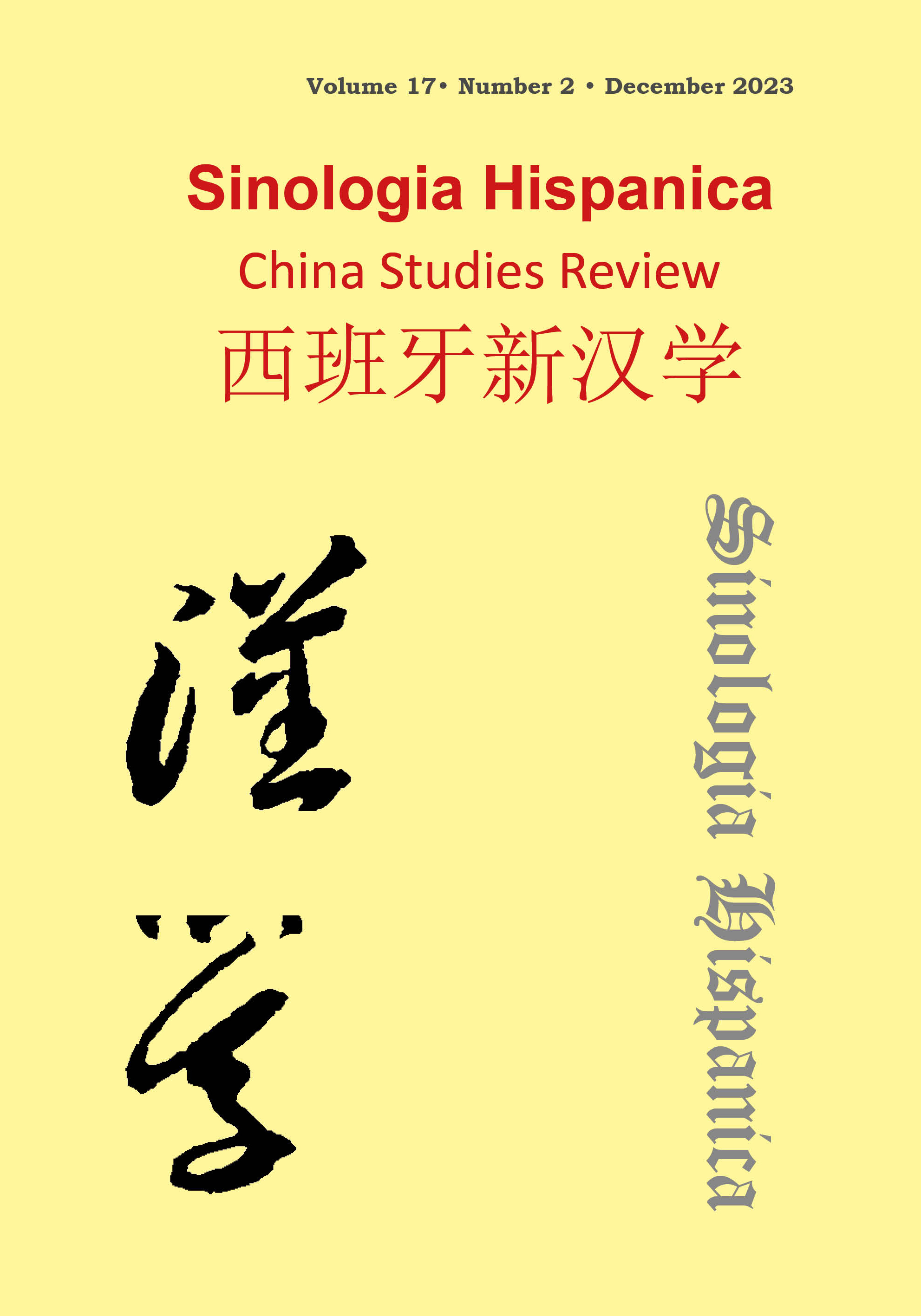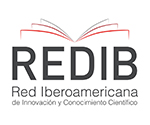Estudio contrastivo de la semántica de blanco y negro en las unidades fraseológicas españolas y chinas“白”与“黑”在汉西熟语中的语义对比研究
DOI:
https://doi.org/10.18002/sin.v17i2.8237Palabras clave:
unidades fraseológicas españolas y chinas; semántica de palabras cromáticas; estudio contrastivo.Resumen
El presente trabajo establece un corpus que incluye las unidades fraseológicas comprendiendo “blanco” y “negro” en 8 diccionarios españoles y 6 diccionarios chinos, dentro del cual realiza un análisis cuantitativo y cualitativo sobre la semántica de dichas unidades fraseológicas. El estudio descubre que mediante el proceso metafórico y metonímico, los significados figurados similares provienen principalmente de la percepción física del entorno y de los colores propios, y los distintos son motivados por la especificidad cultural, sobre todo las religiones, supersticiones, mitologías y leyendas; en español constituyen un contraste violento los significados figurados del blanco y los del negro mientras que se ve borrosamente este antagonismo en chino. Además, en ambos idiomas el negro es principalmente asociado con la negatividad, pero la connotación de blanco es mixta y complicada; en el corpus el blanco en chino pertenece a clases gramaticales más amplias, el cual no solo sirve como sustantivo o adjetivo, sino también verbo y adverbio; y el blanco verbalizado en chino suele ser asociado con “hablar” y el adverbializado viene vinculado con los significados “en vano” o “sin costo”.
Descargas
Métricas alternativas

Descargas
Publicado
Versiones
- 2024-03-11 (5)
- 2024-03-06 (4)
- 2024-03-06 (3)
- 2024-02-15 (2)
- 2023-12-28 (1)
Cómo citar
Número
Sección
Licencia

Esta obra está bajo una licencia internacional Creative Commons Atribución-NoComercial-CompartirIgual 4.0.
Sinologia Hispanica. China Studies Review considers all manuscripts on the strict condition that
- The authors grant on a nonexclusive basis the exploitation rights (reproduction, distribution, public communication and transformation) of the work accepted for publication to the University of León. The authors can establish, on their own, additional agreements for the non-exclusive distribution of the version of the work published in the journal (for example, placing it in an institutional repository or publishing it in a book), always acknowledging the initial publication in this journal.
- The manuscript is your own original work, and does not duplicate any other previously published work, including your own previously published work.
- The manuscript is not currently under consideration or peer review or accepted for publication or in press or published elsewhere.
- The manuscript contains nothing that is abusive, defamatory, libellous, obscene, fraudulent, or illegal.
- Please note that Sinologia Hispanica uses Turnitin software to screen manuscripts for unoriginal material. By submitting your manuscript to Sinologia Hispanica you are agreeing to any necessary originality checks your manuscript may have to undergo during the peer-review and production processes. Any author who fails to adhere to the above conditions will be rejected.
- Authors are allowed and encouraged to electronically disseminate the pre-print versions (version before being evaluated) and / or post-print (version evaluated and accepted for publication) of their works before publication, since it favors their circulation and earlier dissemination and with it a possible increase in its citation and scope among the academic community.
Sinologia Hispanica is under Creative Commons Attribution-NonCommercial-ShareAlike 4.0 International License. You can read more about this license in versión informativa and texto legal.







